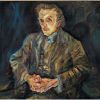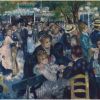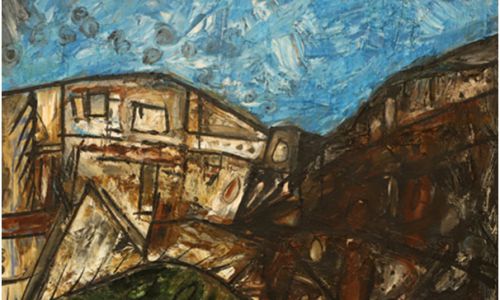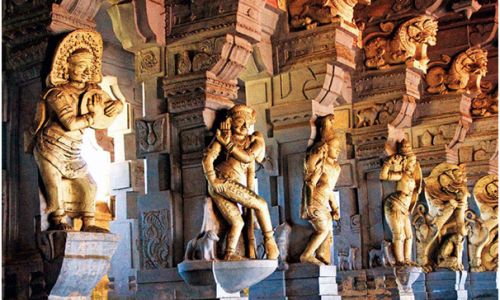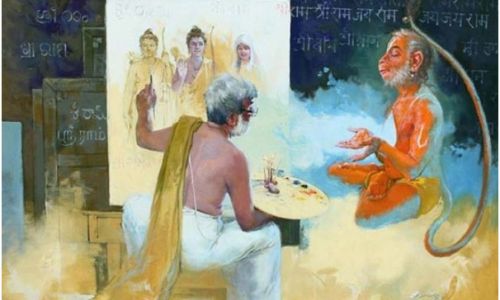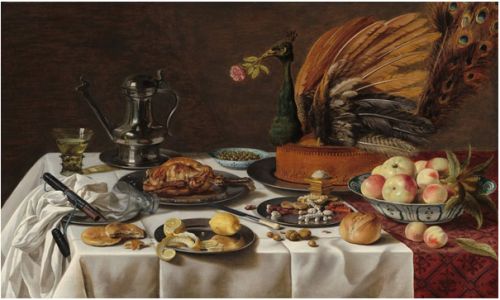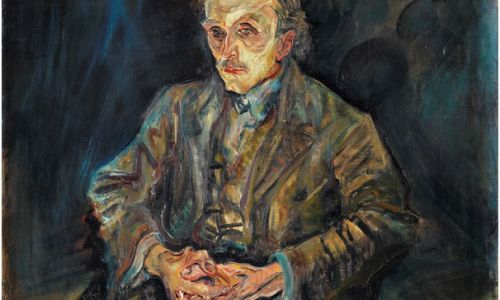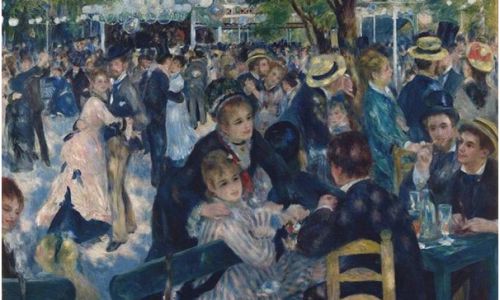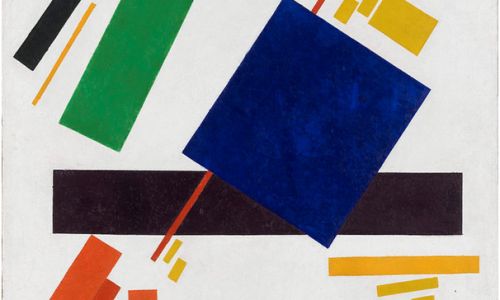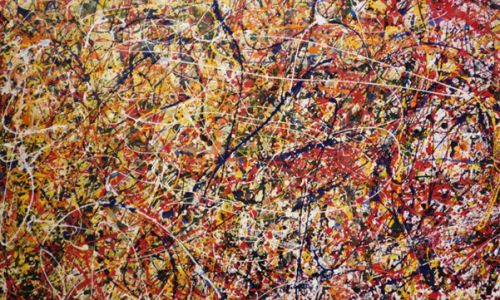Understanding the Avant Garde
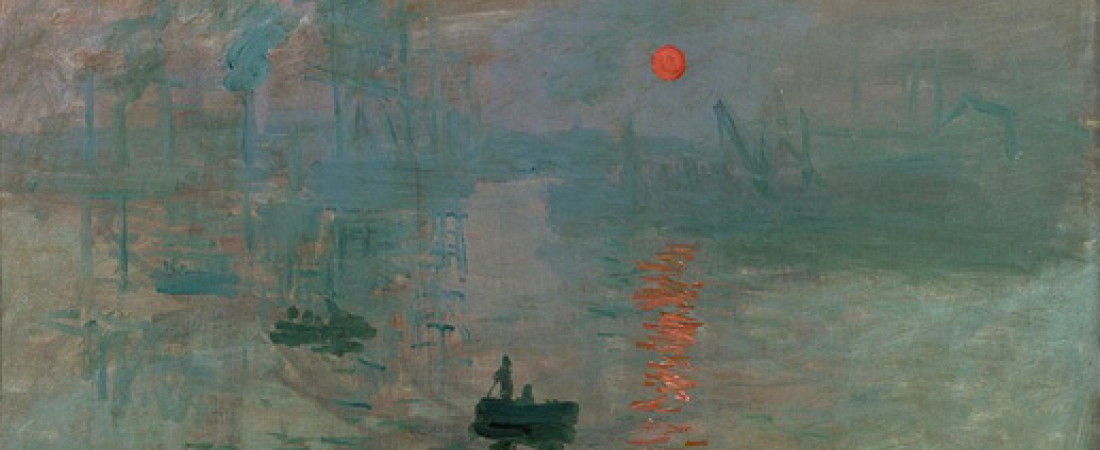
In Art History, ‘Avant Grade’ is a term given to the new movements that emerge as subversive to the mainstream practices. Typically, Avant Grade is not a conclusive movement that has a beginning and an end, but is used in reference to the styles in art that came to be known as‘subversive’ for its time. For example, the art movement called Impressionism was avant-garde for its time because it was a departure from European/Dutch realism. Similarly, Cubism and Abstraction were rejecting the styles that were in practice during Impressionism, and so are considered ‘avant garde’. We will explore these examples in detail later in the article. So in essence, the pioneers of a new technique in art can be revered as avant-garde artists.
‘Avant Garde’ was first used during the 1850s when there was a shift from Realism to Impressionism and the butterfly effect of other techniques that emerged. It can be said that the avant-gardes emerged in the context of modernism- reacting to modernity, industrialisation, urbanisation, and the rationalisation of knowledge. In today’s context, the term ‘Avant-Garde’ is applicable to all art that pushes the boundaries of ideas and creativity, and is still used today to describe art that is radical or reflects originality of vision.
Origin of the Avant-Garde
‘Avant-garde’is French term used in military which means vanguard, the group that advances first during an attack. Thus, in the beginning, the term was used for radical art practices as it was seen as an ‘attack’ on the mainstream art practices and was much the controversy stirrer. Over time,however, the term wasstarted being used to describe an artist who was a visionary and had more liberal and socialist ideologies; someone who challenged the status quo.
Theorists Renato Poggioli and Peter Bürgerhave each published a theory on Avant Garde. Poggioli believes that the social character of art is articulated through aesthetics and psychology, with emphasis on the specific features of avant-garde artistic expression. Whereas in Bürger’s theory, the concept of the avant-garde art is viewed from a social and political perspective where the avant-garde is seen as the self-critique of art in a bourgeois society. In contrast
Another important aspect of Bürger’s observations is how the avant garde art related to the “institution of art”. He argued that this institution of art “does not directly signify a museum institution or artistic association; rather, it involves a complex concept of social emancipation and ‘artistic autonomy’.”In line with this conception of art, modernist movements were distinguished from avant-garde ones and, later, from the neo-avant-garde, in accordance with their ability to attack the “institution of art.”Viewed in this context, the role of the avant-garde artwork was to reconfigure the “institution of art.”
Art Movements
By the 1850s, world’s first camera had come into existence and was started being used for taking portrait photographs of the important people and events which was done by the commissioned painters previously. This saw the first shift from ‘Realism’ in art which then manifested into depicting more creative freedom on the canvas through techniques like Impressionism, Cubism, Geometric Abstraction, Surrealism, and so on. Let’s take a look at some of these movements which became avant garde for their times.
Impressionism
Impressionism is considered to be the first point of departure from the photo-realism art practice of the 1800s. It started in the 1860s in Paris and the ideas of the movement spread throughout Europe and eventually to the United States.Unlike the blended finish in Realism, Impressionists’ brush strokes seem haphazardly placed, looked un-finished or messy compared to the accepted work of the time.By also breaking with the tradition ofworking in art studios and painting en plein air, Impressionism became an avant garde movement which was met with a lot of dislike from the then art community.
Some of the most famous artists associated with the Impressionist movement are: Claude Monet, Eugene Boudin, Camille Pissarro, Alfred Sisley, Édouard Manet, Edgar Degas, Paul Cezanne, Auguste Renoir, Berthe Morisot, and Mary Cassatt.
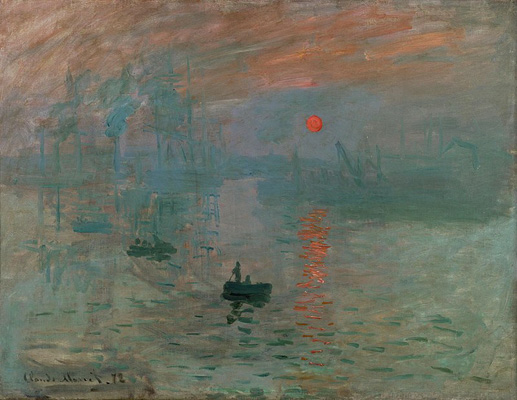
Claude Monet’s ‘Sunrise’ (1872)
Dadaism
Dadaism was a movement which was short lived but which also had a great influence in all facets of written, visual and performance art. It was formed in Switzerland during World War I and is revolutionary for its focus on making work that wasn’t necessarily aesthetically pleasing but was though provoking as it questioned the capitalist society and its values.
Some iconic Dada Art are ‘Fountain’ by Marcel Duchamp, ‘Glass Tears’ by Man Ray and ‘The Art Critic’ by Raoul Hausmann, among others.

Michael Duchamp’s ‘Fountain’ (1917)
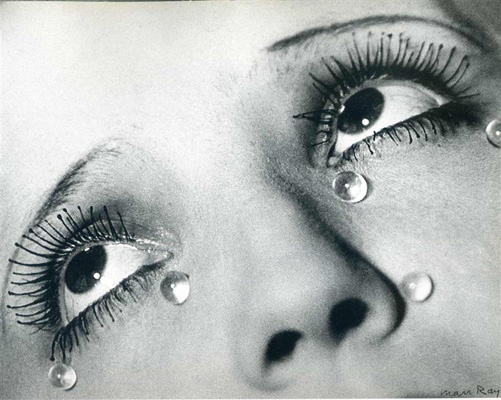
Man Ray’s ‘Glass Tears’
Constructivism
Constructivism was an artistic and architectural avant garde movement that originated in Russia beginning in 1913 by Vladimir Talin. Reflecting the revolutionary times, most of the art was a fusion of art and political ideas and it needed to be ‘constructed’ from modern industrial materials such as plastic, steel, and glass in order to serve the political purpose rather than to express a purely abstract idea. Most Constructivistsworked with ceramics, fashion design, graphics, and in architecture. In the most famous manifesto of this movement, Realist Manifesto, written in 1920 by Tatlin along with Antoine Pevsner and Naum Gabo, proclaimed the key idea of constructivism and that was the admiration of the machines and technology over more traditional art.

Russian Constructivism
Suprematism
Suprematism was another unique Russian art movement that started conjointly with Constructivism. The focus and the emphasis were placed on embracing abstraction allowed by paintings on canvas. In fact, Suprematism was the first avant guard movement to implement geometrical abstraction in painting. Kazimir Malevich is viewed as its founder, and it was him, alongside his contemporaries that helped to promote the idea that art should be returned back to its basic. They used basic shapes such as squares, triangles, and circles, as well as primary and neutral colour in their unique absurd art.

Cubism
Cubism was the start to the exploration of Geometric Abstraction in Art where every figure on canvas was broken into geometric shapes such as triangles, squares, rectangles and circles, etc. Cubism is one of the most well-known avant-garde movements made famous by the artists Pablo Picasso and George Braque, who also were the founders of the movement. They used bright colours which makes their art different and more desirable.
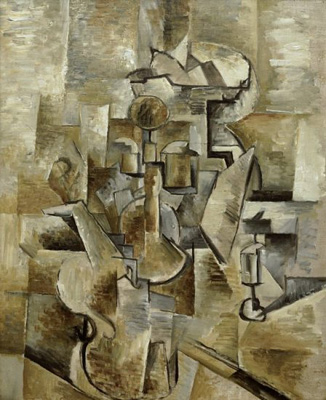
Pablo Picasso (Cubism)
Why Avant Garde didn’t come to India
Industrial revolution had swept the western countries by the 1800s which enabled mass production and thereby access to more material for technological inventions which in turn facilitated technological advancements in the European and American societies. The industrial revolution also marked the changes in the society and culture of the ‘modern’ cities that emerged during this time which influenced art greatly. Impressionism, Dadaism, et all, were born out of these changes. However, in India modernity came as part of the British society living in India who had already moved on to practicing art movements such as Expressionism, et all. This resulted in a skip of the western avant garde movements. Our modernity started with the Progressives Artists’ Group who practiced every style from Expressionism, Cubism, Surrealism, etc, thus never dabbling with Impressionism and Dadaism.








